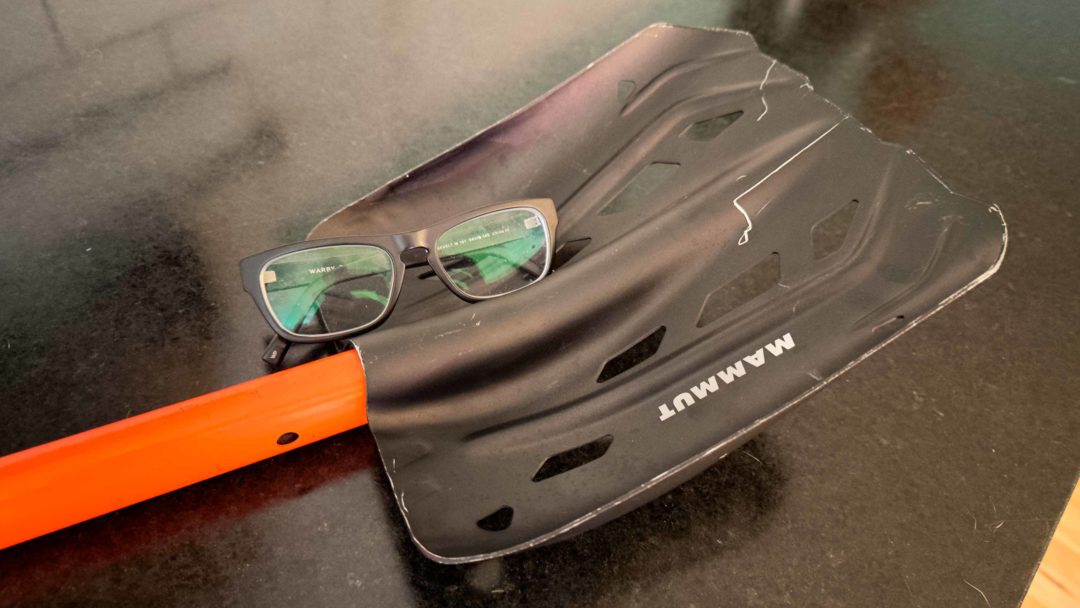We could, but we won’t shovel a heap full of BS your way and tell you any shovel is a worthy avalanche shovel in a rescue scenario. It’s one thing to have a tool worthy enough to shovel a dainty amount of snow into the WindBurner for the night’s tea, and a whole different dimension regarding a shovel used as an active rescue tool. There’s no cutting corners when digging a partner out.

In 2018, the International Climbing and Mountaineering Federation (UIAA) published safety standards for “avalanche rescue shovels.” You might know the UIAA and their stamp of approval on climbing/mountaineering gear. (We wrote about the UIAA and avalanche transceivers last month.) Many look to the UIAA as a benchmark regarding safety standards for best practices and gear design.
I’ve vacillated over the years like many of us—I’ve often sought lighter, yet functional, avalanche rescue shovels to carry in the backcountry. Part of me wants to claim I owned and used a polycarbonate blade (a thermoplastic) LifeLink shovel during my Missoula days. I cannot confirm this as it’s so long ago. In the past decade, I’ve opted for a Black Diamond T3 shovel (purchased in ~2016) and now use a UIAA 156 certified Mammut Alugator Light shovel. (The T3 looks like it should pass the UIAA length and shovel blade standards.)
And in the basement, tucked away so as not to tempt me, is a crafty little shovel called the Camp Crest shovel (it’s discontinued) featuring a canary yellow polypropylene blade and a short, non-extendable shaft; it shares more DNA with the type of shovel my kids built sand castles with than a tool I could ever effectively use in a real deal rescue scenario. (Honestly, this tool is underpowered even when I’m only feeding the WindBurner ice chunks mined from a refrozen bivy-scape.) Basically, it’s light, was designed for skimo racers, and is a rough approximation of a rescue shovel.






Leave a Reply
You must be logged in to post a comment.